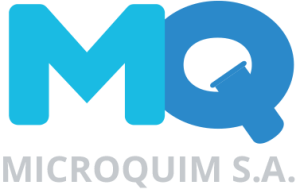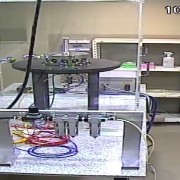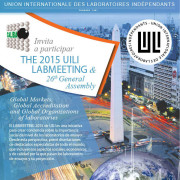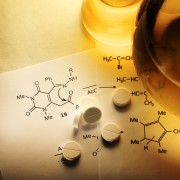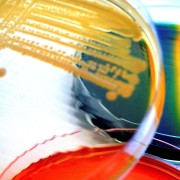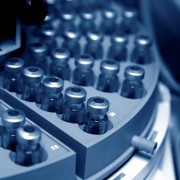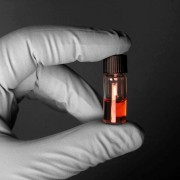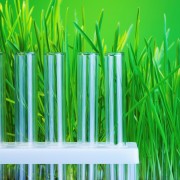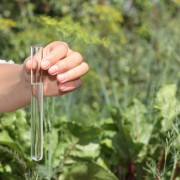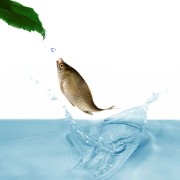Regulatory studies. Total traceability versus deficiency
Among the main concerns related to the chemical industry, with great impact on health and the environment, the generation of poor regulatory studies is located or, in some cases, false. This was the circumstance that gave rise to the BPL in the Decade of the ’ 70 in the United States of America. Despite the controls implemented since, the strength of the programs of monitoring, the development of the MAD by the OECD and the progress in the management of quality systems, is still a red alarm on the emergence both of those made in conditions unfit to ensure the traceability of the same fake studies and, sometimes, the adequacy of these objectives intended in the respective guidelines.
The various scientific fields under which studies develop regulatory toxicology is, and it has been, the most sensitive in the aforementioned appearance and traditionally subject to regulatory control products (pesticides, drugs, additives in food, etc., etc.) now appear in other recent development or use for which it is being considered the adequacy and creation of new guidelines updated to the same regulatory (Nanomaterials, OMG´s, natural products, etc., etc.).
In the world of computer telecommunications are tools that provide one of the solutions most appropriate to the issue that we are facing.
The possibility of recording by video cameras and both transmit real-time implementation of a regulatory testing and archiving in the form complete the development of the same, He gives an invaluable strength to guarantee the real and proper execution of studies, It offers an indisputable traceability and is a unique utility for the further review of the proceedings during the trial for the purpose of improving the understanding of the scientific and technical aspects involved, not to mention the educational usefulness of the event.
Test entities that implement transmission, to order/authorization of the sponsor, they will be providing the best tool available to complement the BPL in the sense to avoid deficiency and falsehood in the field of regulatory studies.
Technical Director Prof.. Mg. Alejandro Lucini
